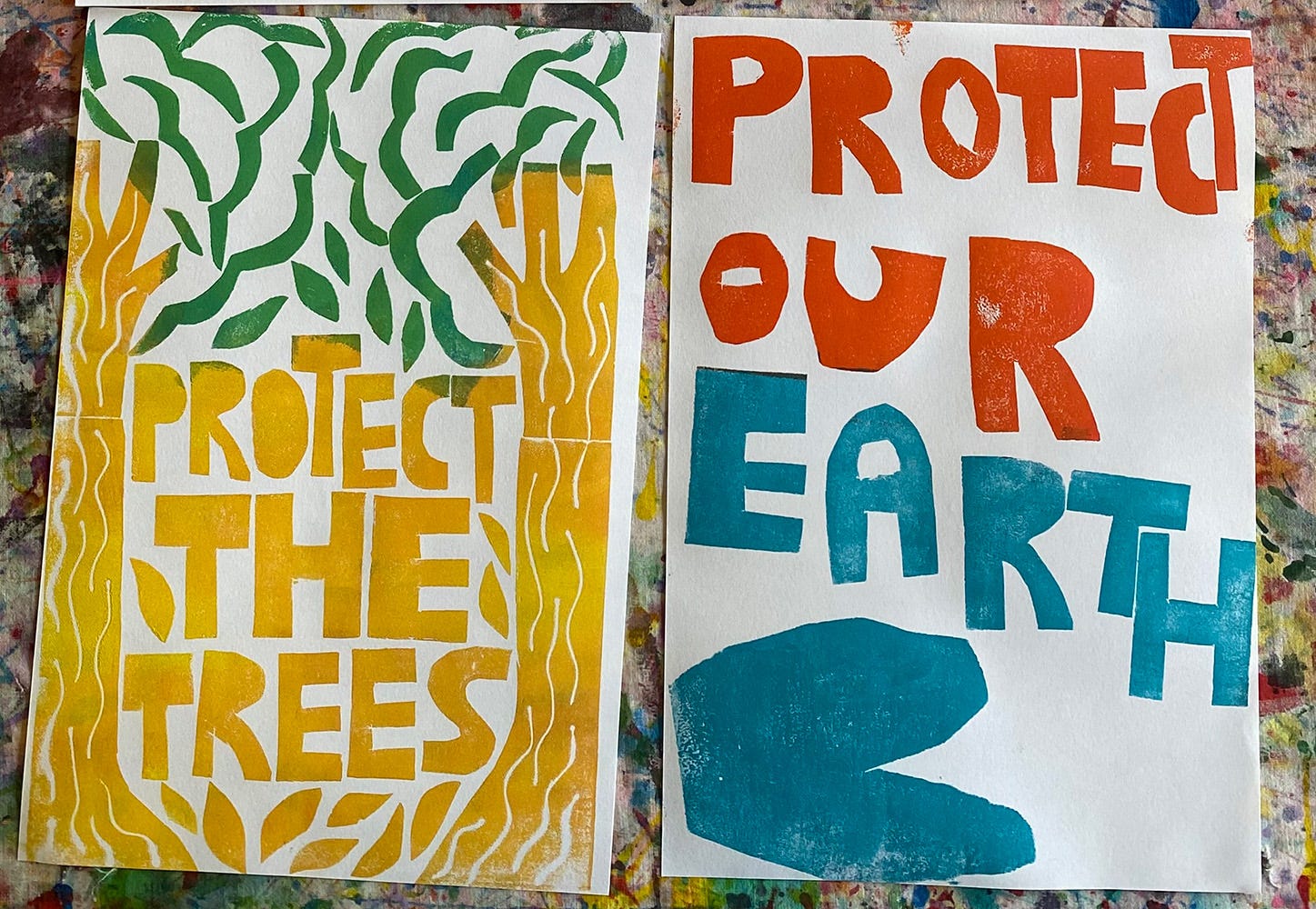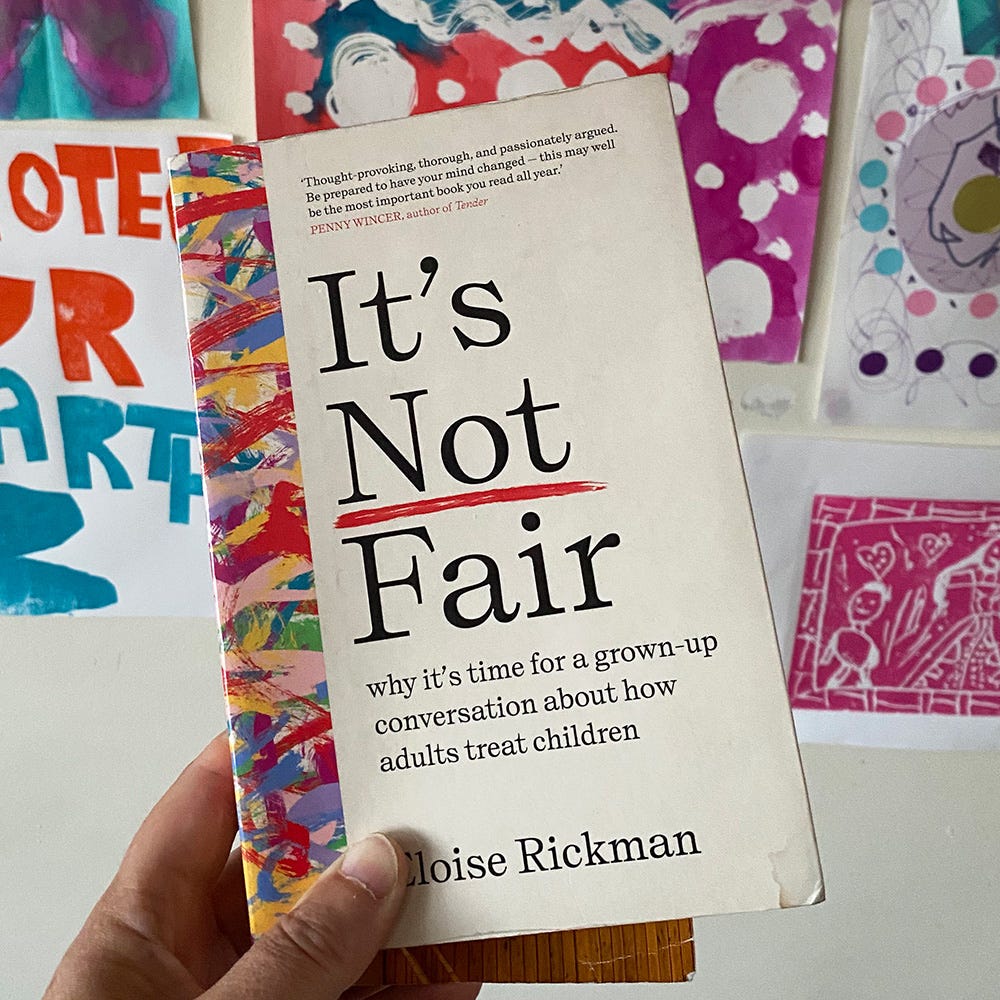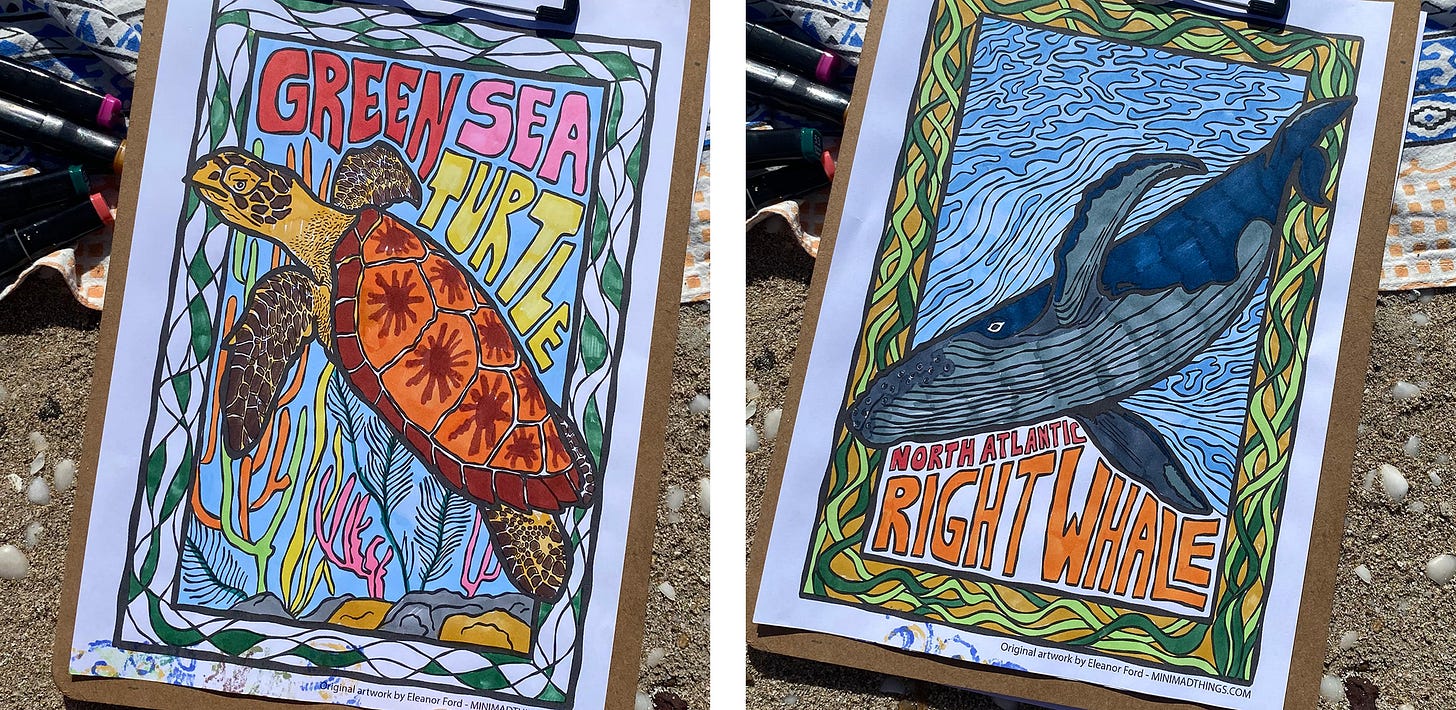Small actions for our future
Discussions about taking action against the climate crisis with children.
This year the families involved in our home education community space collectively decided that we wanted to weave more climate action and social justice awareness through everything we do in our home education activities and daily life. We all sit in a place of privilege, living in a safe country with adequate income and access to free (or affordable) healthcare. We all have access to free education but have chosen to leave mainstream education, some out of personal preference and some due to the education system being a damaging environment for our children. Over the last year we have worked together to create this fantastic community space where we gather, run workshops and plan activities with our children. It would be easy just to sit in that comfortable place of privilege without much awareness of the climate crisis and the injustice faced by other communities. But for me, that’s not OK.
It’s not OK just to stay in that comfortable place without acknowledging that others are not so fortunate. But just acknowledging is not enough. We have to take action and try to make the world a better place for everyone. After all, we are all connected, particularly in the face of the climate crisis.
It’s hard to know where to start. How do we approach learning about the challenges of the climate emergency with our children but not end up in a place of hopelessness and inaction? How do we share the realities of what needs to be done to ensure a livable planet for their future without damaging their mental health? Should we even share the realities of this with our children? After all, it is our mess to tidy up.
Faced with the enormity of the task ahead of us, remaining hopeful is hard. We decided that small actions in our daily life were the way forward. Little changes bit by bit gradually built into our daily life was the best way to take action. These small projects that we work on together in our community feel like a positive way to approach the topic of climate crisis whilst safe-guarding the mental health of our young people the best we can. This feels like a more sustainable way to approach what feels like an insurmountable problem. For my children, I hope it feels positive and empowering. The problem is big but we can all contribute and together we can have a significant effect in changing the way we live now and for future generations.
So in the next few months we have chosen 2 projects to focus on. We are working together, kids and adults, to make up-cycled crafts and clothing to sell at a local sustainability fair. There will be screen printed second had t-shirts, tie dyed old clothes, woven baskets made from rags, up-cycled soft plastics made into bunting and much more. All the money we raise will be donated to an environmental or social justice charity of the children’s choosing. I’ll share the crafts with you in the coming weeks.
Our second project is to make protest signs and artwork and attend a protest organised by the Bob Brown Foundation to protect native forests here in Australia.
Our hope is that these small actions will show our young people (and the adults involved) that we can make positive change in the face of the climate emergency. I recently finished reading It’s Not Fair by Eloise Rickman (which I highly recommend). The book talks about adultism and the way we view and treat children in our society. One of the chapters deals with our responsibility, as adults, to ensure a safe and livable planet for our children. In the chapter Eloise outlines some simple and achievable actions we can take to give our children the opportunity to have the safe future they deserve.
ENDANGERED ANIMALS
Over the holidays I spent time creating new colouring in sheets depicting 15 endangered and critically endangered animals. Did you know that more than 46,300 species of plants and animals are threatened with extinction. Than includes 71% of cycads, 44% of coral reefs, 41% of amphibians, 37% of sharks and rays, 34% of conifers, 26% of mammals, 21% of reptiles and 12% of birds. The ICUN Red List of threatened species is a great place to learn more about the challenges facing different habitats and animals around the world.
These colouring sheets are designed as a super gentle way to engage in learning about the dangers facing many animals and habitats across our planet with young children. The drawings are available for you download from MINIMADTHINGS.COM, alternatively paid subscribers to CREATIVE SPACES can download then for FREE below.
Keep reading with a 7-day free trial
Subscribe to Creative Spaces to keep reading this post and get 7 days of free access to the full post archives.





